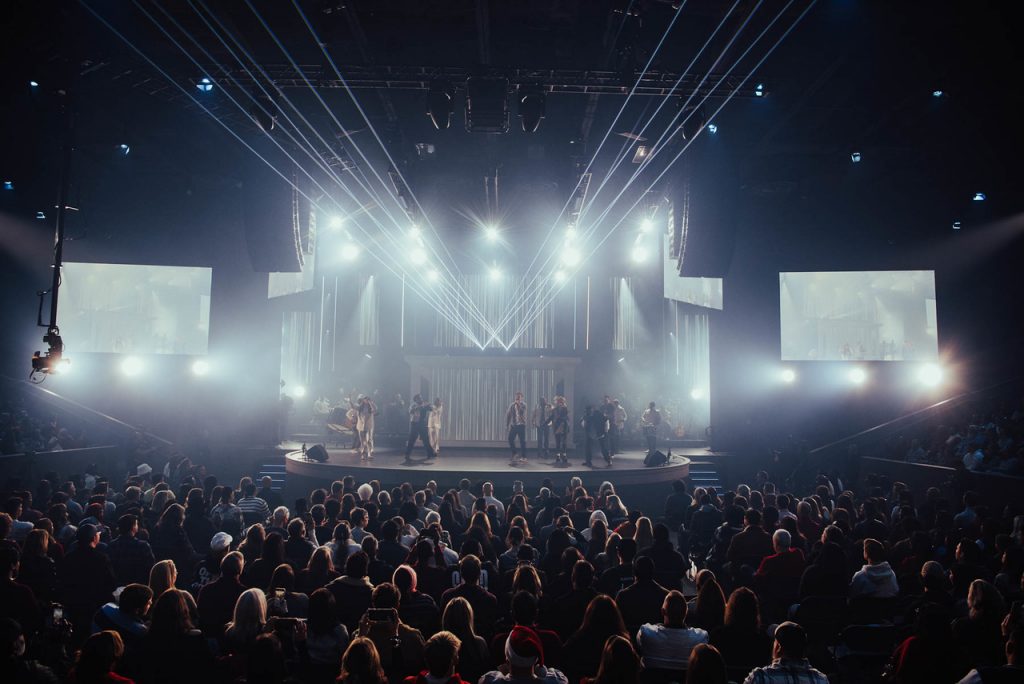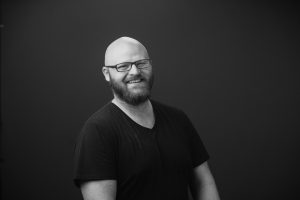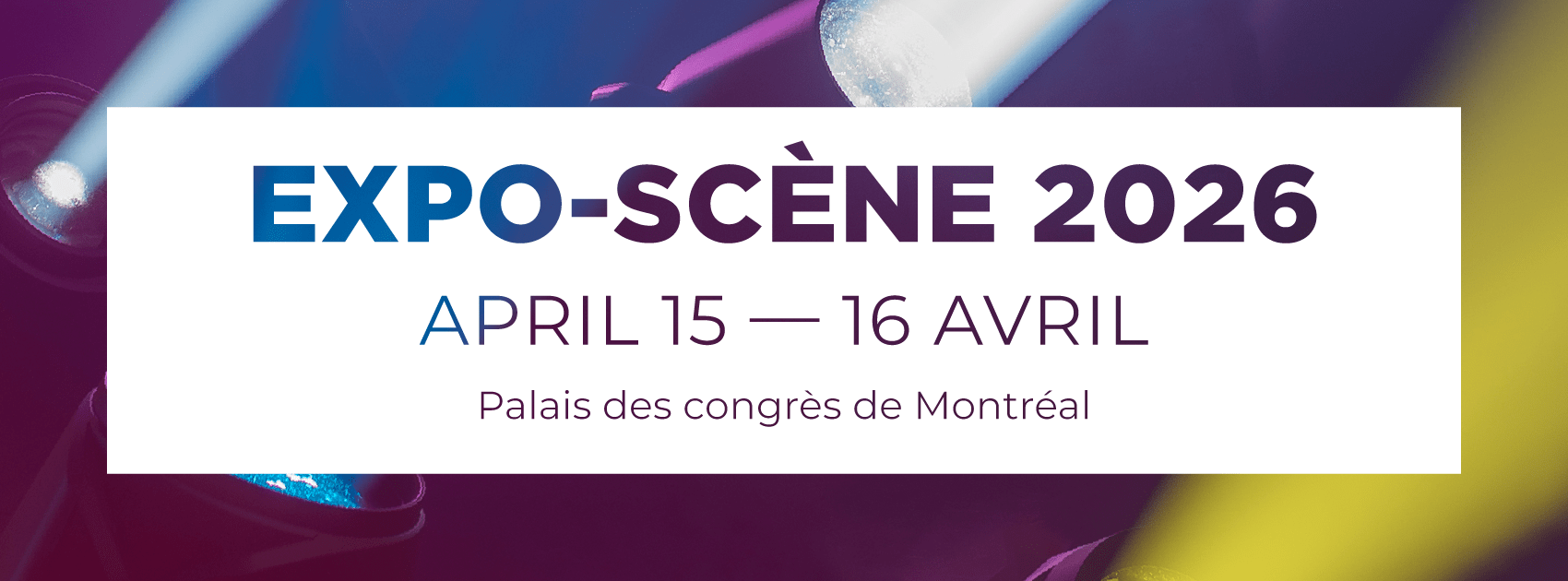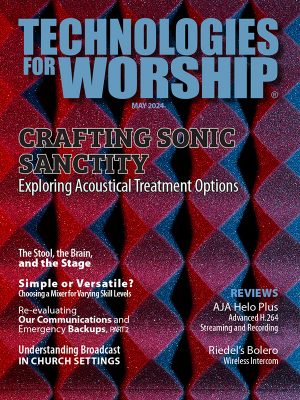
@Sb_Photographs
By Matt Hemmele
Given the time to think, I bet we could come up with dozens of stories we have read, movies we have seen, or TV shows we have binged that have moved us emotionally. Stories that had such an impact on us that we are able to, without much effort, remember exactly what we were doing and where we were when we experienced it. Stories create emotion, they make a connection to the audience and leave an impression that has the potential to last a lifetime. These stories allow us to escape, make us think, help us through adversity, and simply make us happy. They pull us in with a compelling narrative and guide us through a journey we have yet to uncover. Great stories have great characters. Bold, strong leads, witty and clever supporting roles, the funny comic relief, and the quirky strange one that pops in at just the right time. All of these characters are serving the purpose of the story, each bringing their own unique set of skills to help move the story forward.
I have a two year old son, and as of right now he is really into Frozen, constantly asking to watch Anna, Elsa, and Olaf. This is a story that may or may not have a lasting impact on him, but for the time being, Frozen is life for him – and it got me thinking about the characters in the movie. How do these characters help move the story forward and how can we take that format and apply it to how lighting plays a role in the visual storytelling process by breaking it down into the three main characters:
- Elsa – absolute powerhouse lead role
- Anna – strong but subtle support role
- Olaf – the comic relief that adds a special dimension to the overall story
Each weekend stories are being told in churches all over the world, and in each one of those rooms there is a wide spectrum of lighting needs from traditional lighting with a set look, to fully programmed concert style light shows. No matter the style, the lighting is serving a purpose in the context it is operating in to make a connection between the word of God and the people. I want to break down how lighting plays a role in that process in three large pieces:
- Context
- Character
- Connection
Context
I have a phrase I like to use: “Context is king”. If you were told about a girl that makes it snow with her sister and a snowman, that does not really create a very compelling story, or even a pitch for a story. However when you introduce the background conflict of their childhood and color in the rest of the context, it becomes a lot more engaging. Inside our churches there is a context to be aware of when it comes to lighting design and programming.
Truss, haze, and moving lights might look a little strange inside a cathedral, same as hardwood pews and a choir loft might look a bit strange inside a high school gymnasium. Additionally, taking programming into account, a bright and wild light show might look a bit strange during the down portion of a song vs. something that is a bit more moody and subtle. Less can be more, but also more can be more, the need almost always follows context.
A critical component of a worship experience is the transitions, moving from one element to another is an absolutely essential factor in the overall story. Ensuring the lighting isn’t snapping gobos or doing fast movements to get into the next position, but rather intentionally moving into the next look without distraction, is important. Context is also fluid and can change over the course of the worship experience; we never know how God may move. It is important to be ready to bail on a big moment to serve the purpose of what is happening in the room.
Context is also fluid and can change over the course of the worship experience; we never know how God may move. It is important to be ready to bail on a big moment to serve the purpose of what is happening in the room.
Character
Calling back to Anna, Elsa, and Olaf, it is good practice to know what roles your fixtures are playing in the story so that you are able to place them in the programming appropriately. At Elevation most of our rigs consist of three main components: a bright wash light (Elsa), a solid spotlight (Anna), and a batten fixture of some sort (Olaf). This is by no means a hard and fast rule, but more of a starting point if you are building a rig from scratch or if you are wanting to bring some more structure around your programming and design.
Identify your lead role – what does that fixture need to be? Looking back at context, stylistically do you need more gobo driven looks? If so, then your Elsa would be a bright spotlight, not a wash source. Maybe the video team is really needing soft sources that wash out the entire stage evenly, then a batten-type fixture or similar might be your Elsa, with spotlights as the Olaf. The purpose is simply to identify what roles your fixtures are playing and prioritize their place in the programming as necessary.
Last year, we upgraded to the Ayrton Diablo spotlight. The arrival of these fixtures didn’t really coincide with a stage design so we just put them in place of the fixtures they were replacing. They looked nice, but they really were not optimized in their current location, knowing they are the Anna role in our rig. I prioritized putting them in a much better position in our next design to be able to support the various needs we have in our worship experience. An example of this is placing them around the bowl of our room to do crowd lighting. This allows not only crowd light but, since they are feature rich, we can leverage them as key light for baptisms, online elements during our pre-experience and really any other random need that comes up.
Connection
Our goal as lighting designers is to facilitate what is happening in the room. I think it is important to be aware of the platform and the audience as two separate things that need connecting; however, I think the default mindset should be to treat the room as one complete entity. My approach is to look at the room in its entirety and figure out how I can light that space in such a way that not only pulls people in, but also is not so bright that people feel over-exposed.
This mindset drives how I prioritize fixture selection, rigging points and infrastructure, and control systems. These days I oversee our broadcast facility, which functions as church on Sunday morning, but also may need to be a video studio on Tuesday, a hyped-up light show for Rhythm nights (our youth nights) on Wednesday, a live recording event on Thursday, then back to normal church on Sunday.
Each context needs to be able to facilitate connecting the audience to the platform and vice-versa. Sometimes that audience is a camera lens, other times that audience is live and in person, each with their own specific challenges and ways to create that connection – yet the necessity to create a connection is all the same.
Early on, I thought RGB house lights were such a frivolous element to spend money on, why on earth would I want to change the house lights to anything other than white? I didn’t get it. Once I had the opportunity to work with them, and really see how I could not only change the color, but control where light needs to go in the house given the context, I learned they are an incredibly valuable tool to help facilitate that connection in the room.
Conclusion
Stories are an incredibly powerful tool to help get the gospel out – just look at the Bible, full of stories that evoke emotion, create tension, help us through adversity, and is the source of our joy. These stories are told on stages in a spectrum of contexts, leveraging a beautiful cast of characters, all with the purpose to create a connection that leaves a lasting impact. Lighting plays a crucial part in that process, do not take that privilege for granted or lightly. It is important, it is essential, and it is significant. Happy Programming!
 Matt Hemmele has been doing production in the church for over 15 years, specializing in lighting. In 2007 he attended an arts conference at Willow Creek and was given a picture of what lighting design could look like within the church. He spent the next 15 years working within the church, 10 years at a church in my hometown, Peoria, IL. In 2017 Matt and his wife moved to Charlotte, NC to be a part of Elevation Church, where he has spent the last five years learning, growing, developing, and being a part of all that God is doing in Charlotte and around the world. For Matt, it has been an absolute dream, getting to do lighting for such an incredible ministry.
Matt Hemmele has been doing production in the church for over 15 years, specializing in lighting. In 2007 he attended an arts conference at Willow Creek and was given a picture of what lighting design could look like within the church. He spent the next 15 years working within the church, 10 years at a church in my hometown, Peoria, IL. In 2017 Matt and his wife moved to Charlotte, NC to be a part of Elevation Church, where he has spent the last five years learning, growing, developing, and being a part of all that God is doing in Charlotte and around the world. For Matt, it has been an absolute dream, getting to do lighting for such an incredible ministry.




